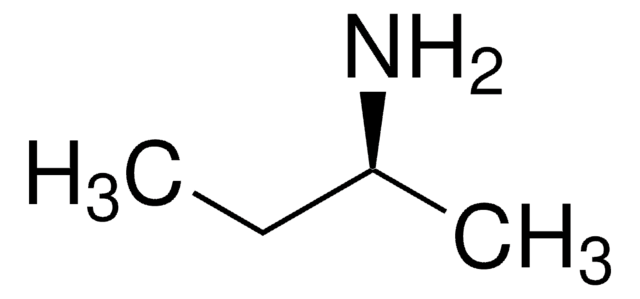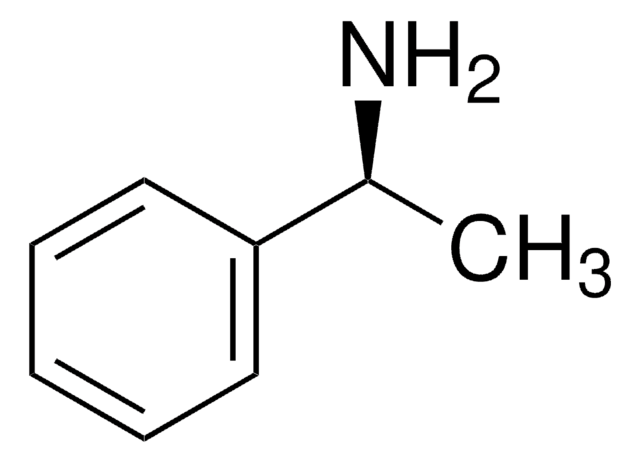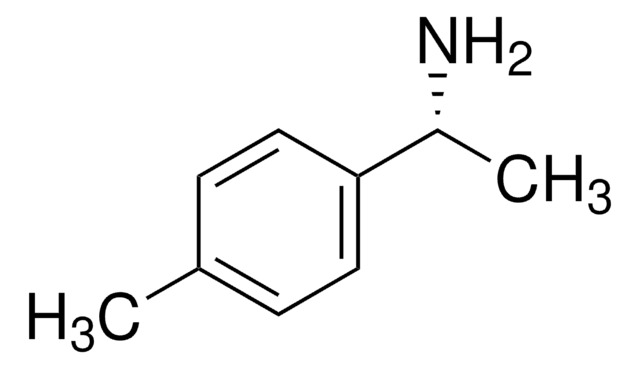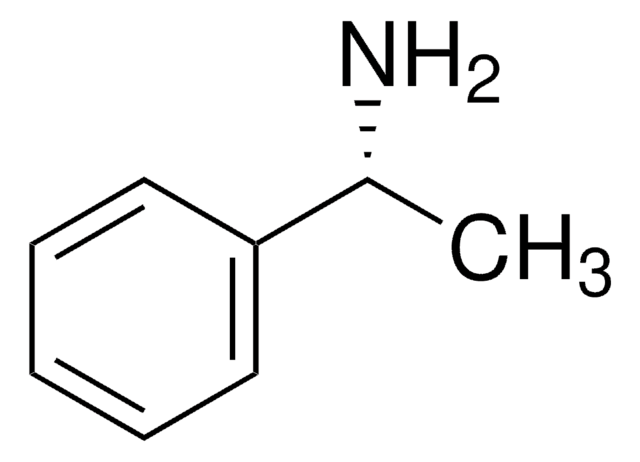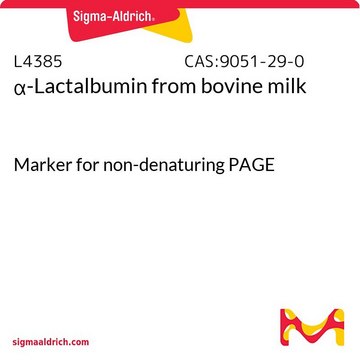NCXAUXU100
Gold Nanospheres
Ultra Uniform, 100 nm, 0.05 mg/mL (Aqueous 2 mM Sodium Citrate), PEG Carboxyl 0.8 kDa
Select a Size
About This Item
Recommended Products
form
nanospheres
concentration
0.05 mg/mL (Aqueous 2 mM Sodium Citrate)
particle size
100 nm
Looking for similar products? Visit Product Comparison Guide
Related Categories
1 of 4
This Item | L4385 | L5385 | L6010 |
|---|---|---|---|
| biological source bovine milk | biological source bovine milk | biological source bovine milk | biological source bovine milk |
| technique(s) electrophoresis: suitable | technique(s) microbiological culture: suitable | technique(s) cell culture | mammalian: suitable, electrophoresis: suitable | technique(s) indirect ELISA: suitable |
| Quality Level 200 | Quality Level 200 | Quality Level 300 | Quality Level 300 |
| form powder | form lyophilized powder | form lyophilized powder | form lyophilized powder |
| Gene Information cow ... LALBA(281894) | Gene Information cow ... LALBA(281894) | Gene Information cow ... LALBA(281894) | Gene Information cow ... LALBA(281894) |
| storage temp. 2-8°C | storage temp. −20°C | storage temp. −20°C | storage temp. −20°C |
Application
Our ‘Ultra Uniform Gold Nanospheres′ are ideal for applications requiring the highest uniformity in size and shape. These particles have nearly perfect spherical shape, smooth surfaces, and extremely narrow size distributions (CV < 5-6%). These gold nanospheres are available in sizes varying from 10 nm to 100 nm at a concentration of 0.05 mg/mL (gold content) in a 2 mM sodium citrate solution and their surface is stabilized with a carboxyl-terminated ligand.
Due to their high uniformity in size and shape, these Au nanospheres scatter a single color of light under dark field microscope imaging. The high purity of their light scattering signatures makes them perfect scattering labels for imaging and building blocks for plasmonic nanostructures and devices.
Storage and Stability
Legal Information
Storage Class Code
10 - Combustible liquids
WGK
WGK 1
Flash Point(F)
Not applicable
Flash Point(C)
Not applicable
Choose from one of the most recent versions:
Certificates of Analysis (COA)
It looks like we've run into a problem, but you can still download Certificates of Analysis from our Documents section.
If you need assistance, please contact Customer Support
Already Own This Product?
Find documentation for the products that you have recently purchased in the Document Library.
Articles
Chiral amines play an important role in stereoselective organic synthesis. They are used directly as resolving agents, building blocks, or chiral auxiliaries.
Our team of scientists has experience in all areas of research including Life Science, Material Science, Chemical Synthesis, Chromatography, Analytical and many others.
Contact Technical Service

